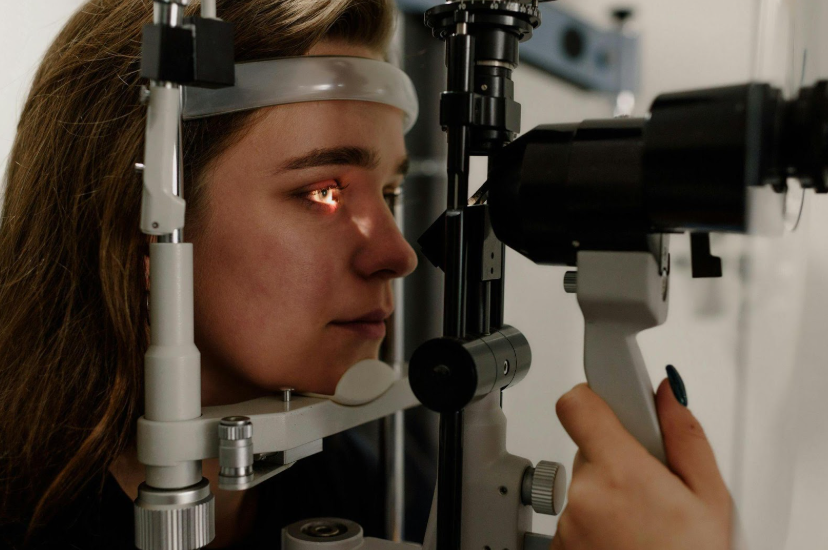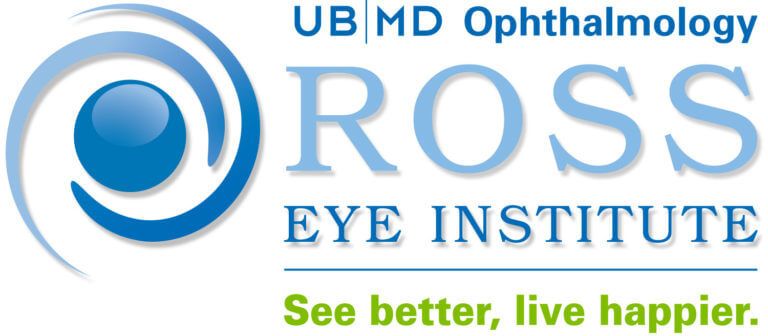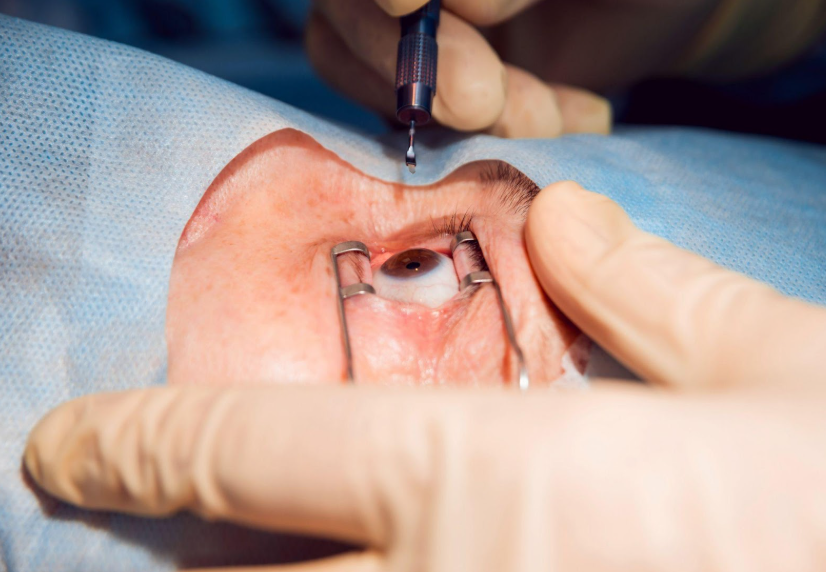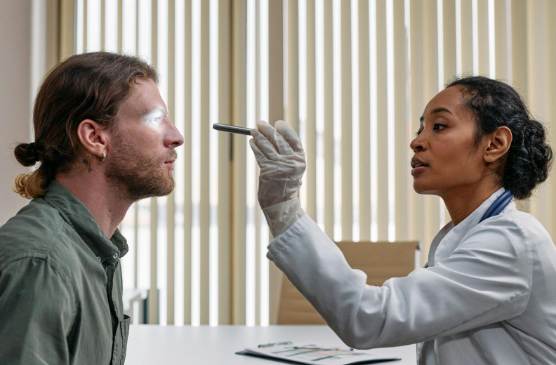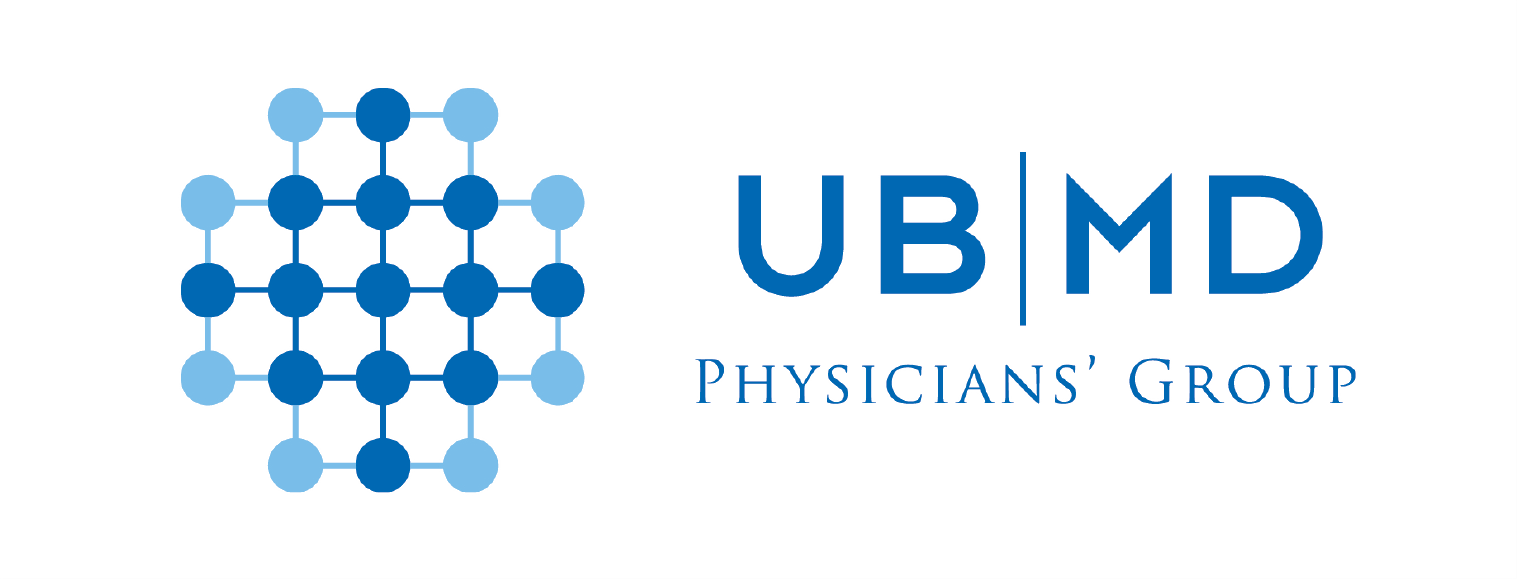What Cataracts Are, What to Do Next, and When Surgery Is Necessary
What Cataracts Are, What to Do Next, and When Surgery Is Necessary
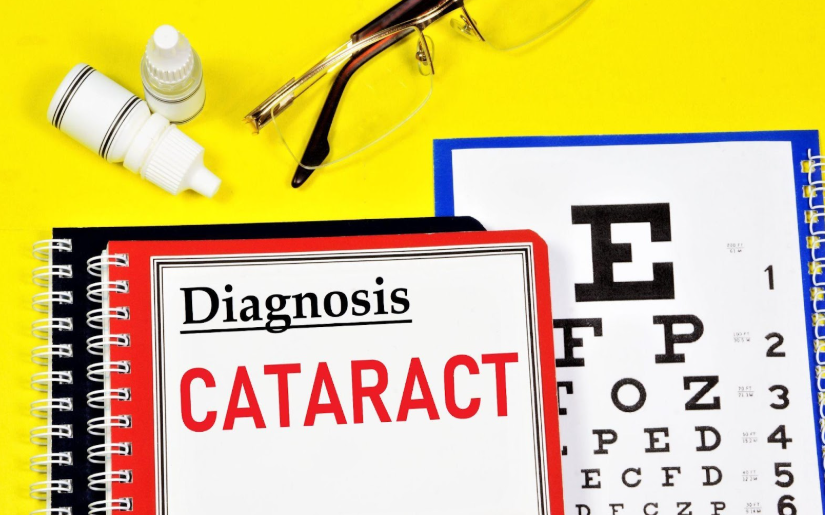
Cataracts are the most common cause of vision impairment worldwide, but they are also one of the most treatable conditions. If you or a loved one is dealing with cataracts, understanding the condition, its progression, and available treatments can help you make informed decisions about your eye health.
Here's a guide to what
cataracts are, what you should do next, and when surgery might be necessary.
What Are Cataracts?
Cataracts can occur when your eye's natural lens becomes cloudy, leading to blurry or hazy vision. The lens, normally transparent, can develop protein clumps that blur or distort the passage of light into the eye. This results in a gradual decline in vision over time. Cataracts can form in one or both eyes, but they do not spread between the two. This is often caused by aging, though other factors like diabetes, eye injuries, or prolonged exposure to UV light can contribute.
Some of the common symptoms include:
- Difficulty seeing at night.
- Sensitivity to light or glare.
- Colors appear faded or yellowed.
- Frequent changes in your eyeglass prescription.
What Should You Do Next?
It is important to understand that cataracts develop slowly, so you may not notice the symptoms immediately. However, as they progress, they can significantly impact your daily activities, such as reading, driving, or recognizing faces.
If you suspect you have cataracts or have been diagnosed with them, here’s what you should do:
Schedule a Comprehensive Eye Exam
An exam is the first step to understanding the extent of your cataracts and how they are affecting your vision. During the exam, your doctor will use advanced diagnostic tools to assess the cloudiness of your lens and rule out other potential causes of vision loss.
Monitor Your Symptoms
Not all cataracts require immediate treatment. In the early stages, simple adjustments like updating your eyeglass prescription or using brighter lighting can help you manage the condition. Regular follow-ups with your eye doctor will make sure that every change in your vision is tracked.
Adopt Preventive Measures
While cataracts can’t always be prevented, certain lifestyle adjustments can help slow their progression. Your eye care provider can offer specific advice tailored to your health and vision needs, such as the following:
- To protect your eyes from damaging sunlight, wear sunglasses with UV protection.
- Eat a diet rich in antioxidants like vitamins C and E, lutein, and zeaxanthin.
- Manage chronic conditions such as diabetes to protect overall eye health.
How Does Surgery Help?
Cataract surgery is the only definitive treatment for cataracts and is one of the safest, most effective surgical procedures performed today. The goal is to replace the clouded natural lens with a clear artificial one, restoring your vision for the better.
The Procedure
During cataract surgery, your cloudy lens is removed and replaced with an artificial lens called an intraocular lens (IOL). This is designed to reduce your dependency on glasses. The procedure typically takes about 10-20 minutes and is performed on an outpatient basis, meaning you can go home the same day.
Modern cataract surgery is highly advanced, utilizing techniques such as:
- Laser-Assisted Surgery: Laser can help perform some of the parts of cataract surgery and in some cases offer a small advantage in refractive outcome
- Customized Lens Options: Multifocal and toric IOLs can correct presbyopia (age-related near vision loss) and astigmatism, giving you sharper vision at all distances, without glasses.
Recovery and Results
With most patients, returning to normal activities can happen within a few days. Your vision will improve gradually over the first few weeks as your eye heals. In the hands of an experienced surgeon, complications are rare, and the procedure has a success rate of over 95%.
How Professional Care Makes All the Difference
When it comes to cataract treatment, choosing the right time and the right provider makes all the difference. Here’s how:
Precise and Comprehensive Diagnosis
Aside from simply identifying, experts use cutting-edge diagnostic tools to deliver an accurate diagnosis. They utilize tools such as slit-lamp examinations, optical coherence tomography (OCT), and retinal imaging to assess the severity of your cataracts and your overall eye health.
These tests allow your ophthalmologists to identify other coexisting eye conditions, such as macular degeneration or glaucoma, which could complicate treatment if left unaddressed.
Customized Treatment Plans
Each patient requires care tailored to address their unique symptoms, lifestyle, and long-term vision goals. This personalized approach allows your treatment to be both effective and minimally disruptive to your daily life. This includes:
- Vision Optimization with Advanced Eyewear Solutions: Advanced eyewear, such as high-definition lenses and lenses with anti-reflective coatings, can sharpen vision and reduce glare caused by cataracts. Polarized contact lenses and photochromic options can also minimize light sensitivity, particularly for outdoor activities.
- Precision-Matched Intraocular Lens (IOL) Selection: Your ophthalmologists may use advanced diagnostics, such as wavefront aberrometry, to recommend lenses tailored to your specific visual requirements, such as monofocal lenses, multifocal or extended-depth-of-focus (EDOF) lenses, and toric lenses.
Post-Operative Care
Vision changes naturally as you age, even after successful cataract surgery. Opting for professional care allows you to address these changes and maintain an optimal sight even after your surgery.
- Precision Follow-Up Care: Experts offer annual exams and monitoring for systemic conditions as you recover and age. Additionally, they detect complications like posterior capsule opacification (PCO) and refine vision with tools like optical coherence tomography (OCT) or YAG laser treatment.
- Early Detection of New Conditions: Their ongoing care identifies risks of glaucoma, macular degeneration, or retinal detachment, enabling timely intervention to prevent further vision loss.
- Vision Enhancement Options: Advanced technologies like light-adjustable lenses (LALs) or blue light protection further optimize post-surgical vision.
- Lifestyle Guidance: Customized UV protection, nutritional advice, and ergonomic adjustments safeguard your eyesight in daily activities.
Looking for an expert ophthalmologist's opinion? Our team at
Ross Eye Institute’s personalized care offers you a range of specialties and services for your cataracts and other eye problems.
Schedule your consultation with us to reclaim your vision today!

